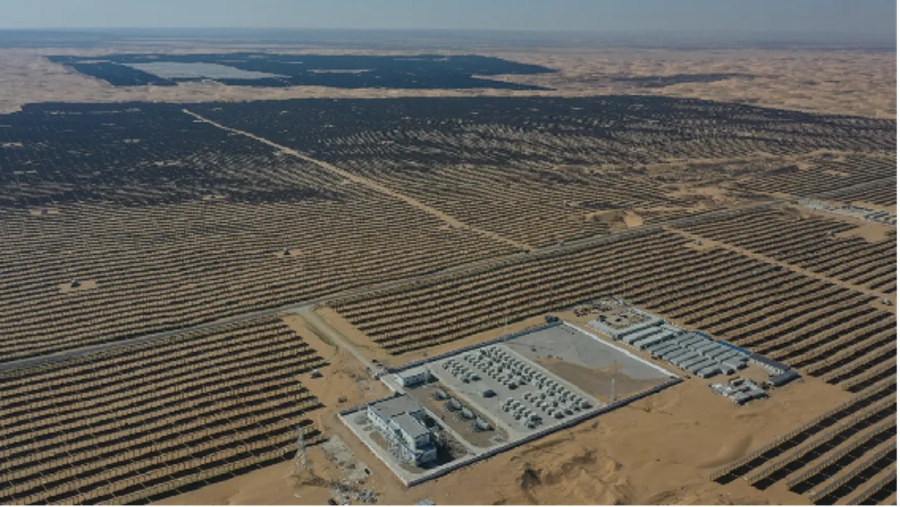Dominican Republic needs up to 400 MW of BESS by 2028, minister says

The Dominican Republic urgently needs to ramp up its energy storage capacity to stabilize its electrical system, said its Minister of Energy and Mines, Joel Santos.
Santos highlighted the importance of energy storage in the Dominican Republic’s energy transition at the Dominican Republic Energy Storage Summit, organized by his department in collaboration with Huawei and the Latin American Energy Organization (Olade).
The stakeholders estimated that by 2028, the Dominican Republic will need to deploy between 250 to 400 MW of energy storage systems. Their projection is based on the country’s current renewable energy market. According to statistics from the International Renewable Energy Agency (IRENA), the Dominican Republic’s total installed renewable energy capacity was 2.2 GW as of 2023.
The same year it had just over 1 GW of installed solar capacity.
Santos pointed out that with increased solar deployment comes the need for a backup to store excess solar energy for times the sun is not shining.
“Solar energy is not generated at night or during times of low solar radiation, which requires resorting to storage to cover the peaks in demand that occur during those hours, when renewable generation is lower,” he told the summit’s attendees.
But he added that the Dominican Republic has a lot of work to do to implement energy storage technology. It must create a strong regulatory environment to support deployment in an economically efficient manner. Santos said his department is currently working on reforming the regulatory system, together with the National Energy Commission (CNE) and the Superintendency of Electricity (SIE).
The SIE is reviewing regulations to recognize the contribution of BESS systems to the country’s grid, while CNE has approved 15 clean energy projects with storage capacity, its director said.
Edward Veras added that the organization is including a new chapter on storing renewable energy in a soon-to-be-published updated draft of the National Energy Plan 2022-2036.
“Plans cannot be static,” Veras said, explaining the technology has evolved considerably since the last plan was issued in 2022.













